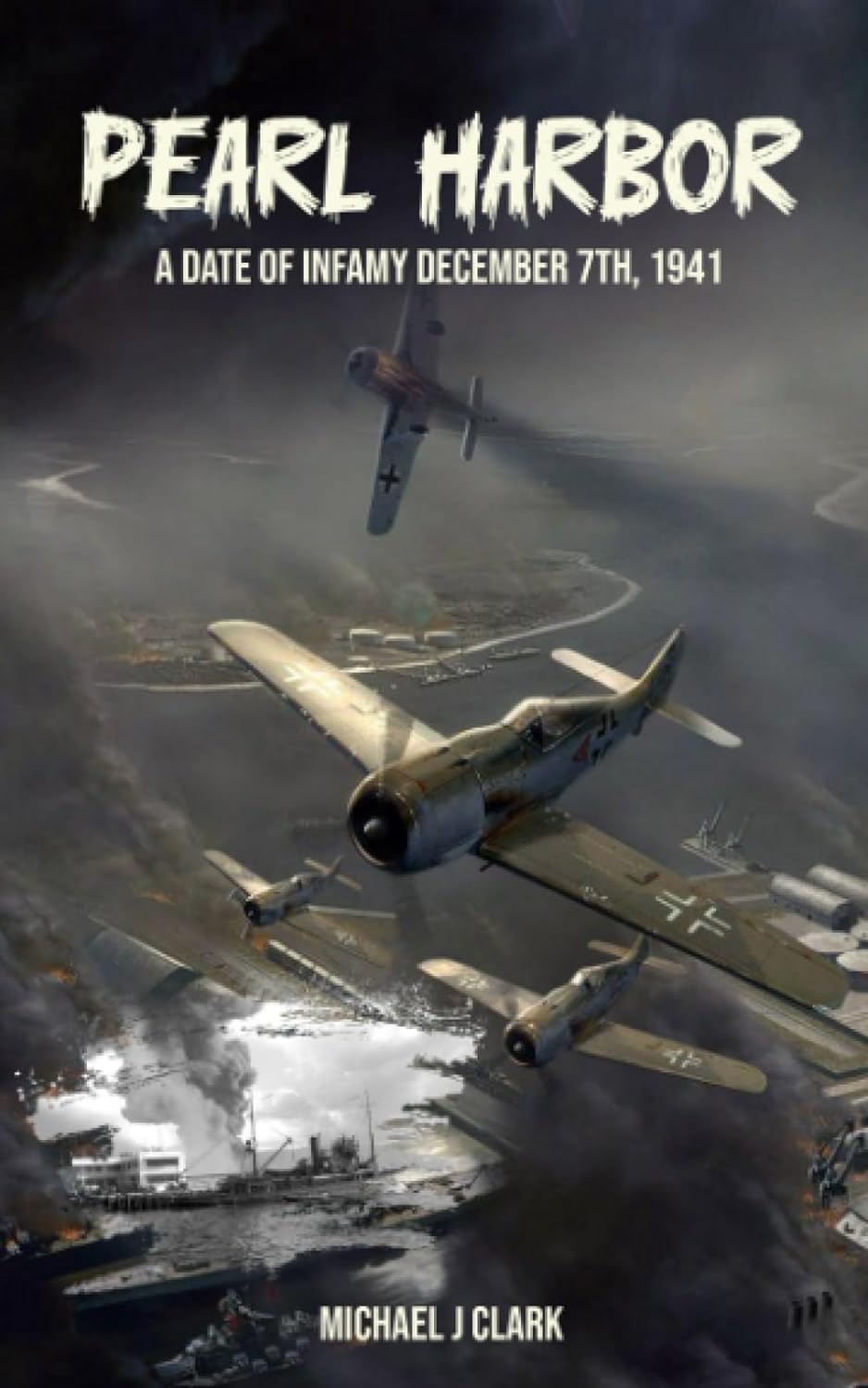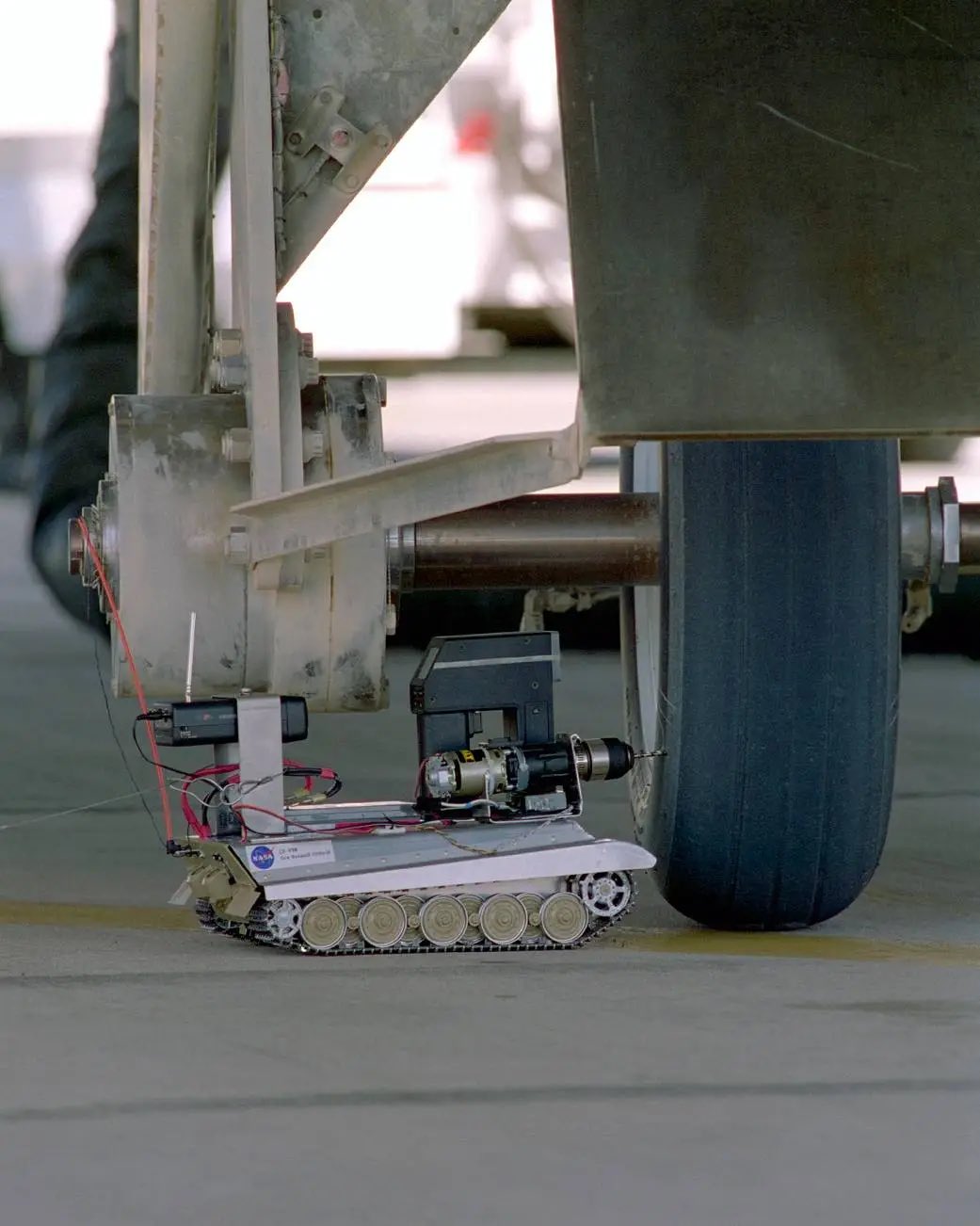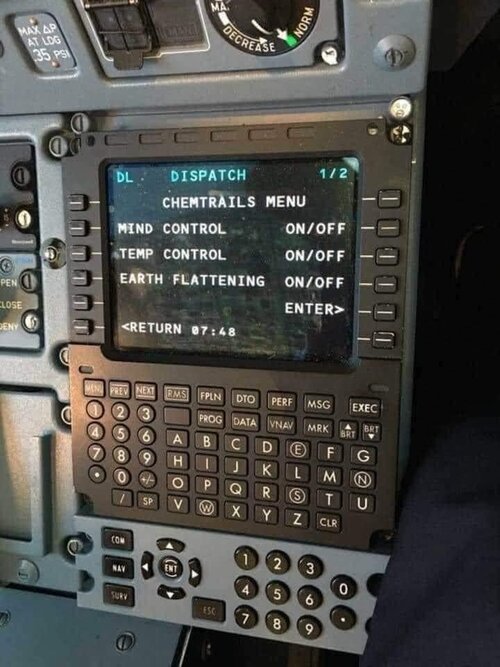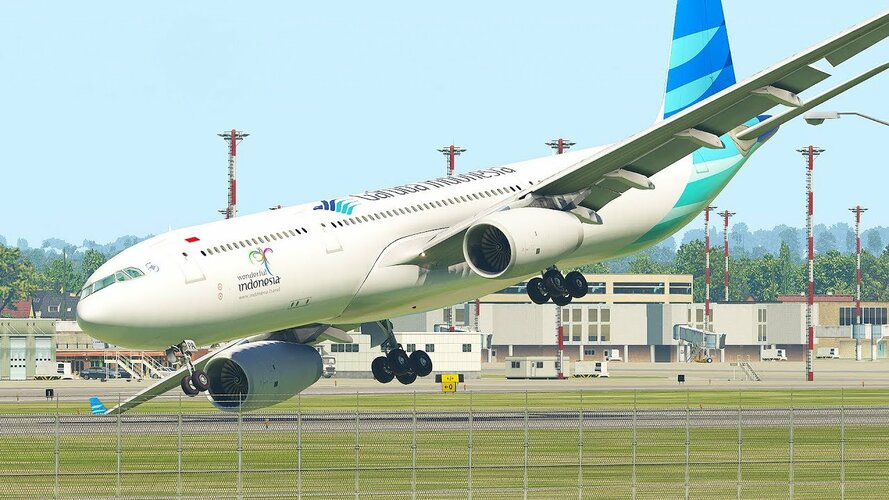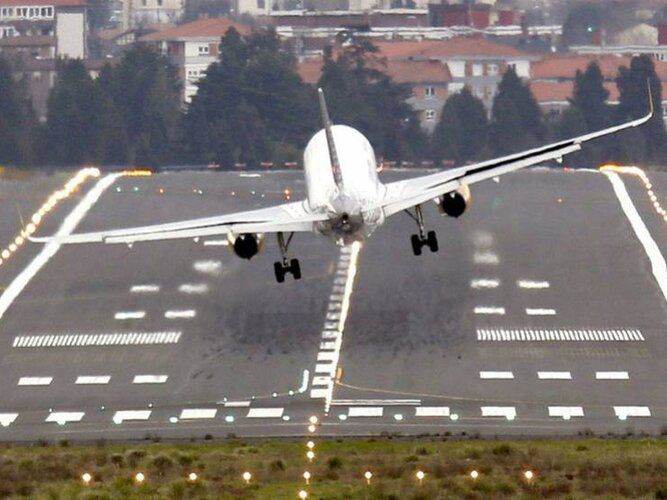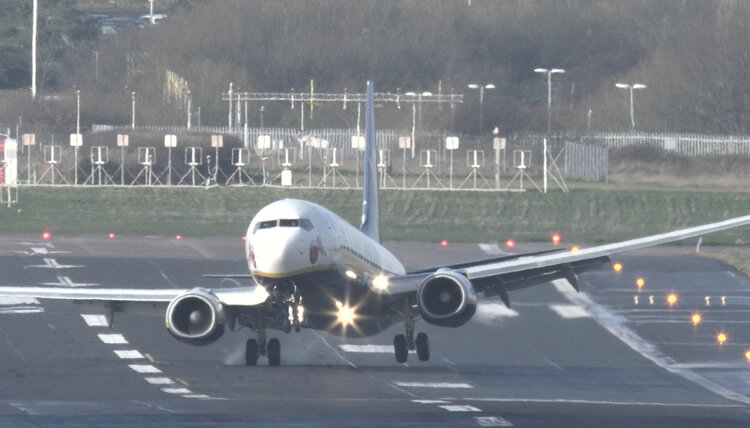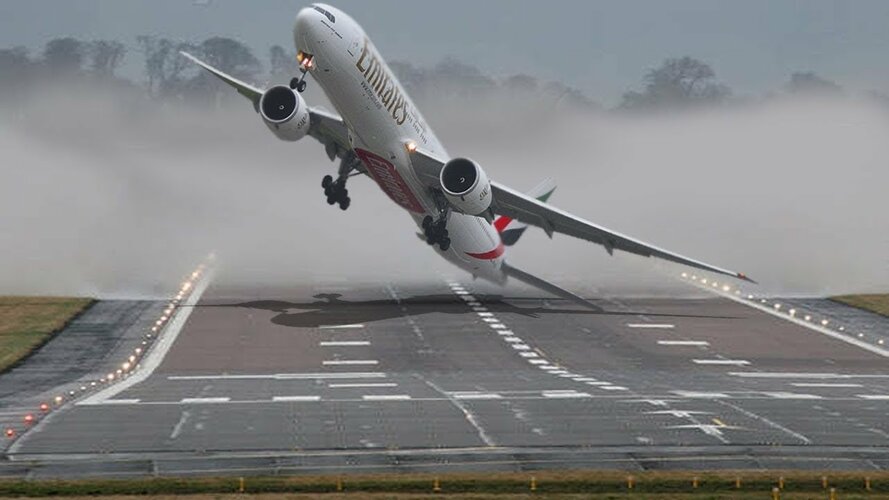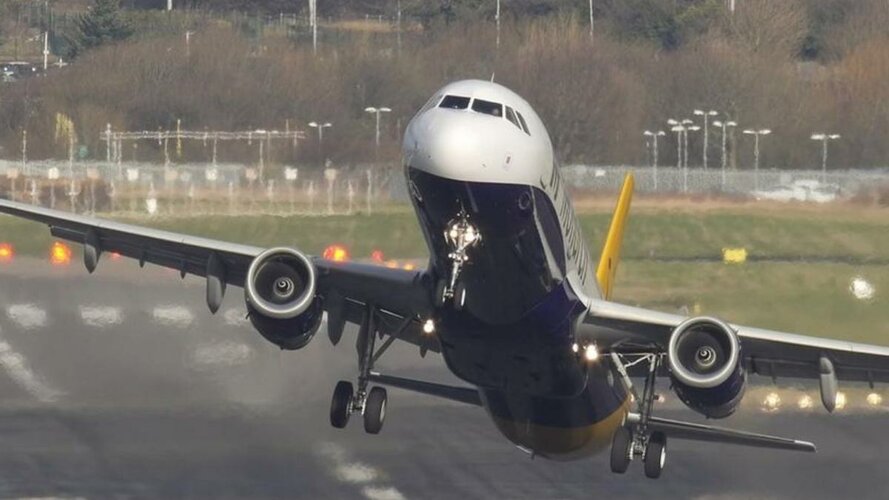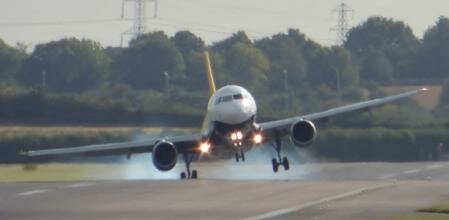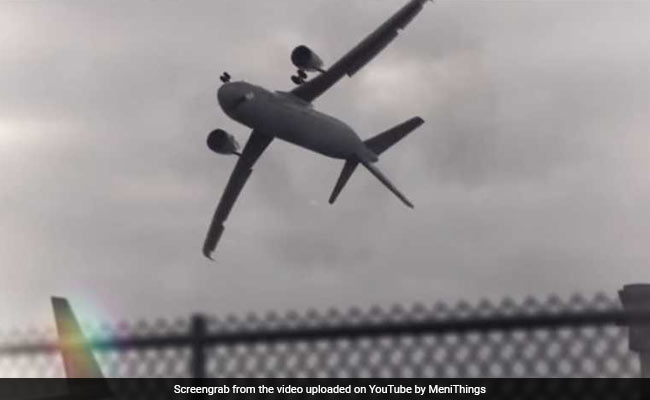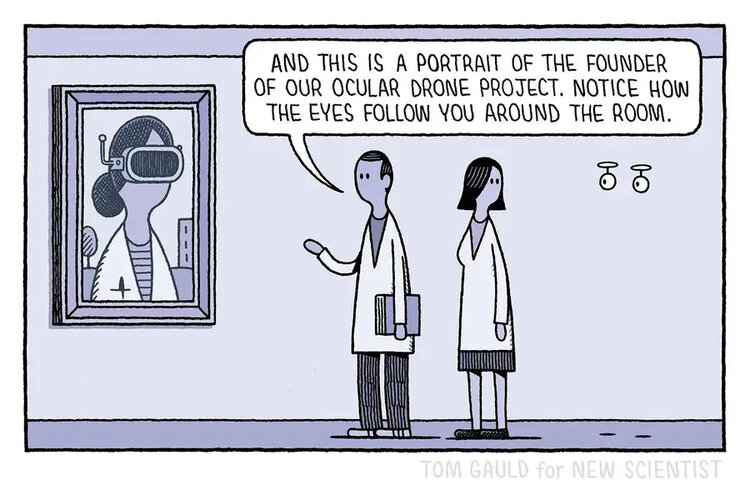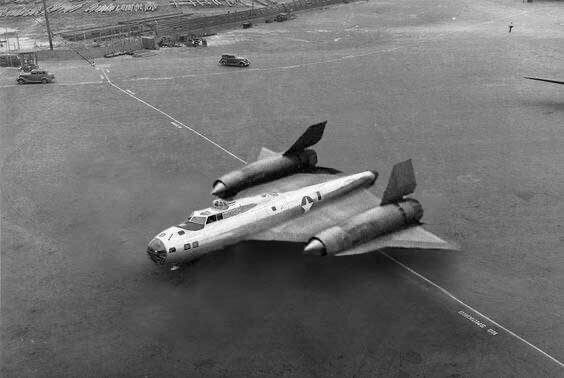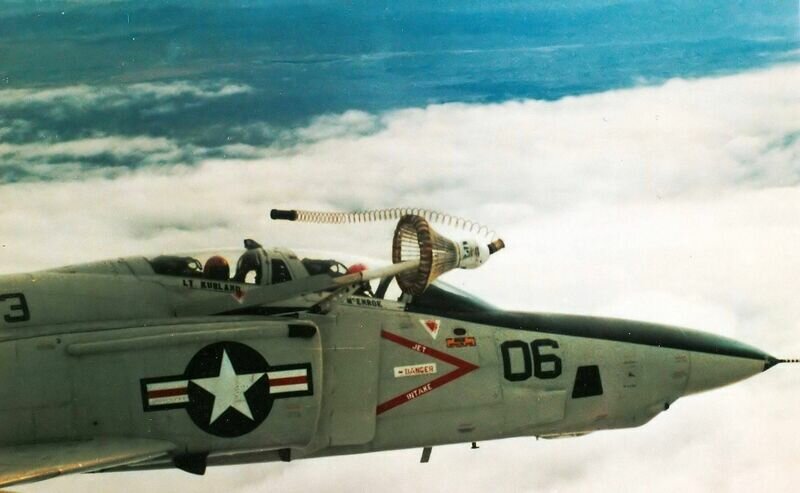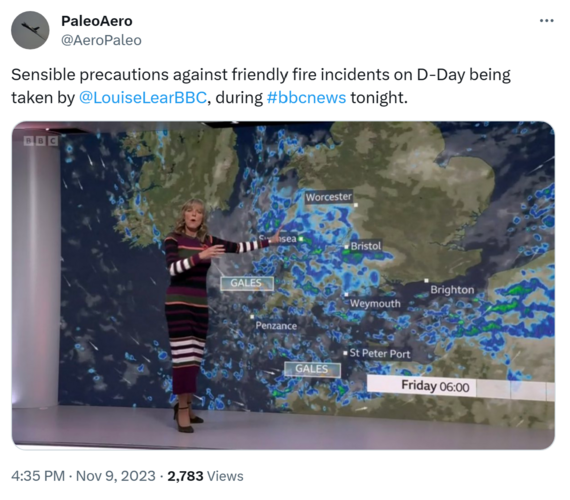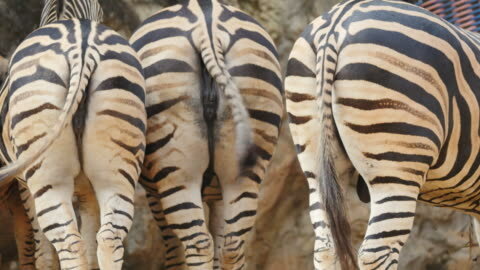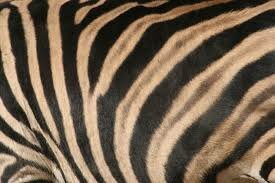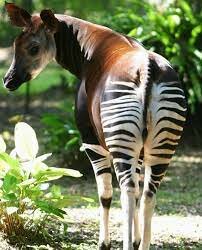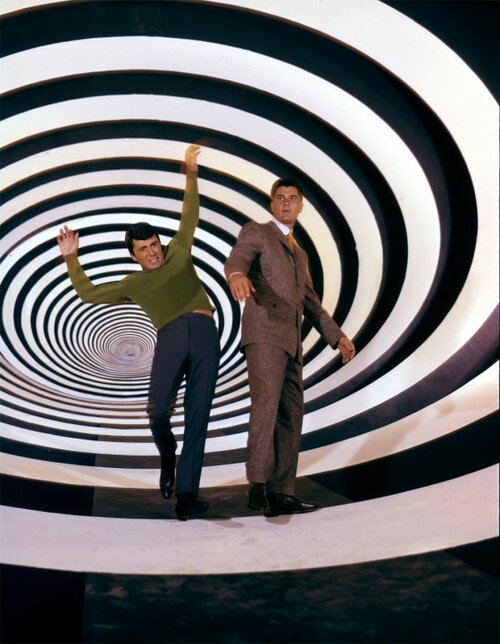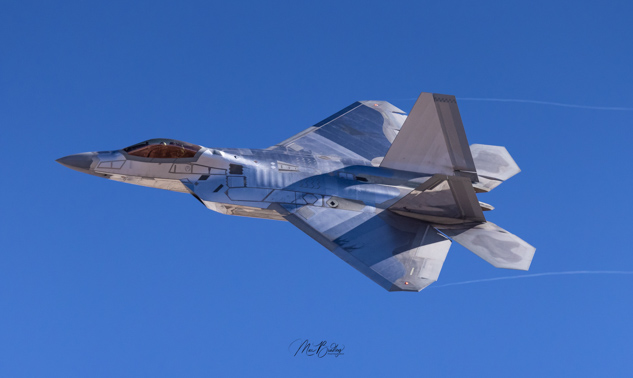Not really aerospace... feel free to nuke that post if it causes any trouble... (just wanted to say, I wanted too do that for some time, and had tons of fun doing it. Damn it, it all fell into place almost perfectly.)
View: https://www.youtube.com/watch?v=MkG1J5SZ_kw
There live a certain man in Russia not long ago
He's not big nor strong, but his eyes are cold and cruel
Most people look at him with terror and with fear
But to appar'tchiks he his such a lovely dear
He unleashes FSB like a terror
Full of torture and gunfire
Yet he is the very kind of leader
Russians would admire
Vla-ad, Vlad Putin
Terror and the Russian king
There was a cat that really was gone
Vla-ad, Vlad Putin
Russia's craziest war machine
It is a shame how he carries on
He rules the Russian land and never mind the wars,
And the novitchok he handles really wunderbar
In all affairs of state he is the hand to grease
But he is real great when he has money to embezzle
To Prigozhin he was no great war leader
Though he'd heard the things he'd done
He believed he was a loosy leader
Who would lose war soon
Vla-ad, Vlad Putin
Terror and the Russian king
There was a cat that really was gone
Vla-ad, Vlad Putin
Russia's craziest war machine
It is a shame how he carries on
But when his drinking and warmongering
And his hunger for power
Became known to more and more people
The demands to do something
About this outrageous man
Became louder and louder
Hey, hey, hey, hey, hey, hey, hey, hey
Hey, hey, hey, hey, hey, hey, hey, hey
Hey, hey, hey, hey, hey, hey, hey, hey
Hey, hey, hey, hey, hey, hey, hey, hey
"This man's just has to go", declared Prigozhin
But Medvedev begged, "Don't you try to kill him, please"
No doubt this Vlad Putin had lots of hidden charms
Since he was a brute, they just fear his nuclear arms
Then one day some man called Prigozhin
Started a coup, he was not to blame
"Come to stop us", they kept advancing
And he really came
Vla-ad, Vlad Putin
Terror and the Russian king
He put polonium into their wine
Vla-ad, Vlad Putin
Russia's craziest war machine
They drank it all and all lose their skin'
Vla-ad, Vlad Putin
Terror and the Russian king
They didn't quit, they wanted his head
Vla-ad, Vlad Putin
Russia's craziest war machine
He shot their plane, and now they are dead
Oh, those Russians...
There live a certain man in Russia not long ago
He's not big nor strong, but his eyes are cold and cruel
Most people look at him with terror and with fear
But to appar'tchiks he his such a lovely dear
He unleashes FSB like a terror
Full of torture and gunfire
Yet he is the very kind of leader
Russians would admire
Vla-ad, Vlad Putin
Terror and the Russian king
There was a cat that really was gone
Vla-ad, Vlad Putin
Russia's craziest war machine
It is a shame how he carries on
He rules the Russian land and never mind the wars,
And the novitchok he handles really wunderbar
In all affairs of state he is the hand to grease
But he is real great when he has money to embezzle
To Prigozhin he was no great war leader
Though he'd heard the things he'd done
He believed he was a loosy leader
Who would lose war soon
Vla-ad, Vlad Putin
Terror and the Russian king
There was a cat that really was gone
Vla-ad, Vlad Putin
Russia's craziest war machine
It is a shame how he carries on
But when his drinking and warmongering
And his hunger for power
Became known to more and more people
The demands to do something
About this outrageous man
Became louder and louder
Hey, hey, hey, hey, hey, hey, hey, hey
Hey, hey, hey, hey, hey, hey, hey, hey
Hey, hey, hey, hey, hey, hey, hey, hey
Hey, hey, hey, hey, hey, hey, hey, hey
"This man's just has to go", declared Prigozhin
But Medvedev begged, "Don't you try to kill him, please"
No doubt this Vlad Putin had lots of hidden charms
Since he was a brute, they just fear his nuclear arms
Then one day some man called Prigozhin
Started a coup, he was not to blame
"Come to stop us", they kept advancing
And he really came
Vla-ad, Vlad Putin
Terror and the Russian king
He put polonium into their wine
Vla-ad, Vlad Putin
Russia's craziest war machine
They drank it all and all lose their skin'
Vla-ad, Vlad Putin
Terror and the Russian king
They didn't quit, they wanted his head
Vla-ad, Vlad Putin
Russia's craziest war machine
He shot their plane, and now they are dead
Oh, those Russians...
Last edited:

